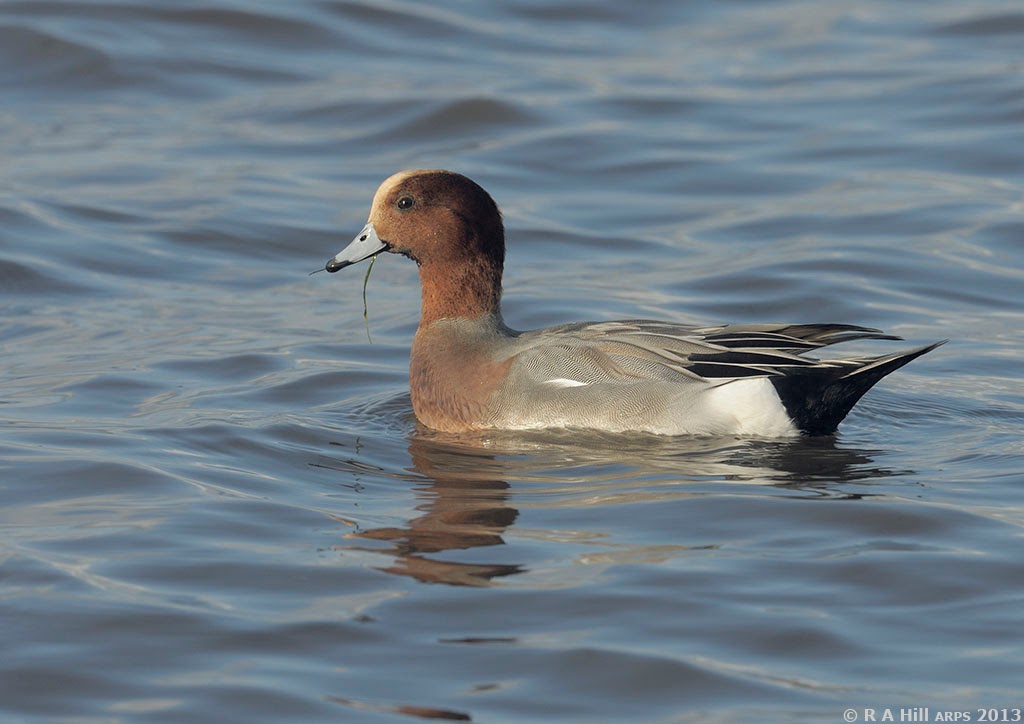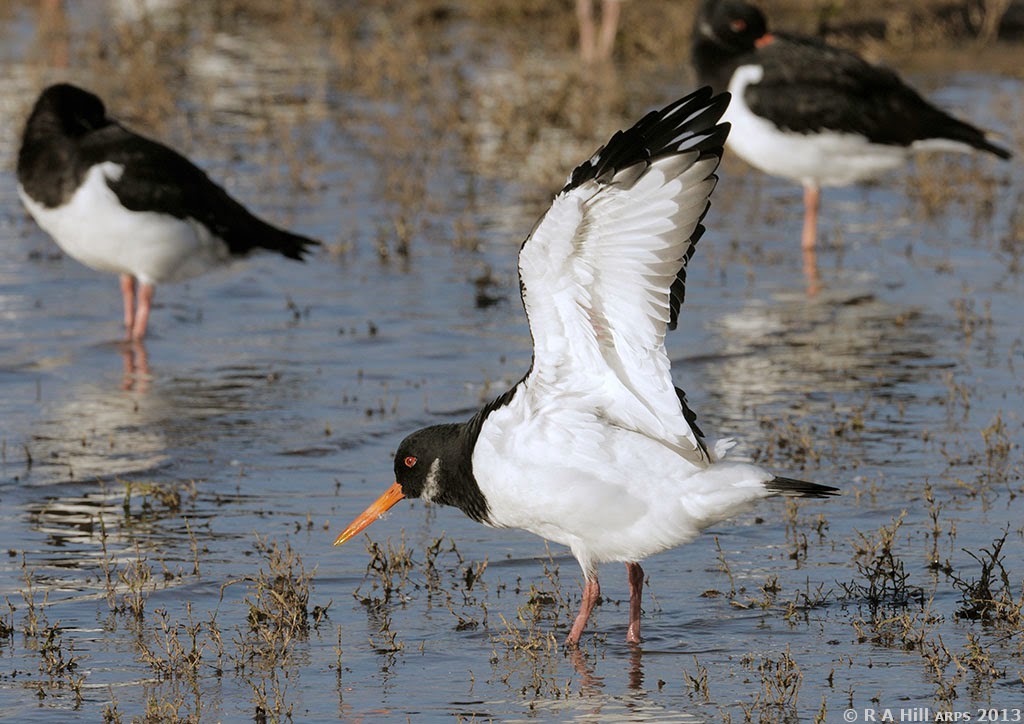LOOKING FOR DOLPHINS AND SEA BIRDS
8th October 2013
Earlier this summer I asked to be put on Naturetrek's mailing list for day trips in Lyme Bay: it's been too long since I had a boat trip and I wanted to see the white-beaked dolphins which are the star attraction of this area of the English Channel. I had quite given up hope, when I received an e-mail announcing that the weather conditions were now favourable and two trips had been arranged. I booked on the second trip on October 8th.
After an early start I arrived on time at West Bay (near Bridport) and was given two pieces of news. The good news was that the first trip on the 6th had not seen any white-cheeked dolphins but they had seen a minke whale and a pod of common dolphins. The bad news was that the boat had developed engine trouble doing a survey on the 7th, but they had found a substitute vessel. That wasn't a problem as we set off, but by the end of the day I was suffering from the noise of the engine and the hardness of the wooden seats.
The weather forecast was not awfully good; but the light was nice for most of the day and the wind wasn't particularly strong, but there was a swell which got stronger as we went further out, not surprising as we were heading into a south-wester blowing straight up the English Channel.
We did eventually see a small pod of white-beaked dolphins, but they only came near the boat very briefly. Unfortunately at this point the wind had got up and the sea was quite active. I managed one shot of a dorsal fin, which was almost in focus. One of the dolphins did breach nicely, but I was on the other side of the boat, so I only saw a dark shape behind the row of passengers.
However the sea birds did us proud. I was hoping to see storm petrels, which we did, without getting brilliant views. I got my tick. There were lots of gulls of course including kittiwakes, plus gannets of all ages, fulmars, a few razorbills and good numbers of guillemots. This was the biggest group of guillemots that we saw.

My favourite 500mm Nikkor lens was not an option for this trip: it's just too big and clumsy. It would be so hard to control that I'd probably belt someone on the ear with it - not good for an ear or an expensive lens. I used my old 300mm f/4 Nikkor in a waterproof cover, which is much easier to handle but does not have the same sharpness or contrast. Unfortunately I couldn't get quite enough depth of field to make the shot above really good - but it shows how different guillemots look at sea from our usual views as they crowd together to nest.
The real spectacle came when we saw large numbers of birds which had found a lot of dead sprats. These were probably discarded by a fishing boat which had caught them, but did not have a quota to land them - a dreadful waste from the fishermens' point of view and carnage for the fish, but a feast for the birds.
It was just not possible to pick out and identify all the birds. One of the experts spotted a Balearic shearwater - a really rare bird which is a speciality of the area, but every time I got my binoculars on something which might have been a shearwater, it turned into a dark-plumaged young gannet.
But no-one could miss the skuas. We spotted an Arctic skua, which I consider the best flier among British birds, and it certainly disappeared at very high speed. far more numerous but just as menacing were the great skuas (or bonxies if you prefer). Another lifer for me. I had expected they would be a little larger, but they really look powerful and muscular. Actually there were so many fish floating on the surface that they didn't need to use their bully-boy tactics, but they still looked dangerous.
I was quite pleased with these images, although they are quite heavily cropped and I had to discard a lot of shots which were not in focus or shaken as the boat pitched. But I'd love to have another try; next year perhaps.








